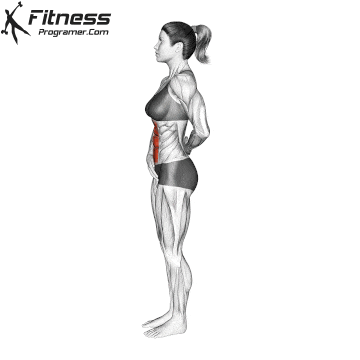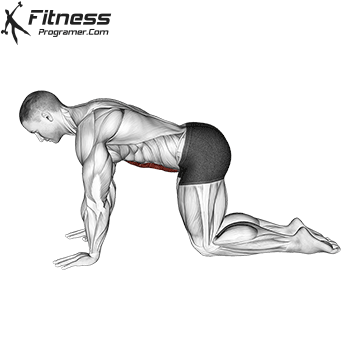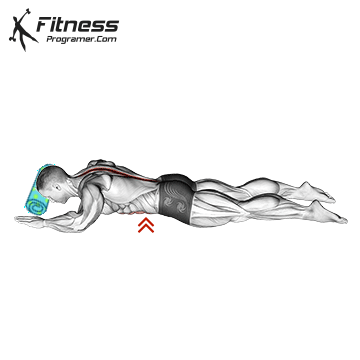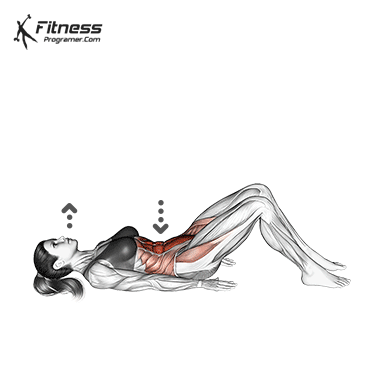Overview
The standing stomach vacuum is an isometric abdominal exercise designed to activate the transverse abdominis—the deepest layer of abdominal muscles. Unlike crunches or planks, this movement focuses on drawing the belly inward to improve core stability, posture, and muscle control. It is often used in bodybuilding, Pilates, and rehab settings to strengthen the internal core musculature. (Read this page for more details on Stomach vacuum exercises.)
How to perform Standing Stomach Vacuum

Stand tall with your feet shoulder-width apart and shoulders relaxed.
Exhale fully to remove air from your lungs.
Draw your belly button inward toward your spine as if trying to make your waist as small as possible.
Hold the contraction without inhaling, maintaining a braced posture for 10–20 seconds.
Inhale slowly to relax and repeat the process for 3–5 sets.
Tips for Proper Form
Perform on an empty stomach, preferably in the morning.
Engage only the abdominal muscles, not the glutes or upper body.
Keep your chest lifted and spine neutral.
Breathe shallowly if needed while maintaining the vacuum.
Progress slowly, increasing hold time as strength improves.
Common Mistakes
Holding your breath too long, causing dizziness.
Sucking in the chest, instead of pulling in the lower abdomen.
Using upper body tension, rather than isolating the core.
Performing after a meal, which limits abdominal contraction.
Letting posture collapse, reducing effectiveness.
Benefits of the Standing Stomach Vacuum
Strengthens the Transverse Abdominis: Targets the deep core layer that supports spine and organ function.
Improves Core Stability: Enhances control during lifts and everyday movements.
Supports Better Posture: Trains abdominal bracing to reduce anterior pelvic tilt and slouching.
Reduces Waist Appearance: Regular practice can flatten and tighten the midsection over time.
Low-Impact and Spine-Friendly: Offers abdominal training without spinal flexion or compression.
Enhances Diaphragmatic Control: Improves coordination between breath and abdominal engagement.
Can Be Performed Anywhere: Requires no equipment and fits easily into daily routines.
How to Incorporate Into Your Routine
- For Beginners: Perform 3–5 sets of 10-second holds daily, focusing on form and breathing.
- For Core Control: Use before lifting to activate deep core muscles and improve bracing.
- For Aesthetic Training: Add to physique-focused routines to develop a tighter waistline.
- For Functional Training: Include in warm-ups or cooldowns to reinforce postural control.
- For General Fitness: Practice 2–3 times per week to improve everyday core strength.
- For Injury Rehab or Prevention: Use under professional guidance to rebuild abdominal coordination post-injury.
- For Low-Impact Exercise: Include as part of standing or seated mobility routines for clients with spinal sensitivity.
Standing Stomach Vacuum: Muscles Worked

Standing Stomach Vacuum Variations
Frequently Asked Questions
Can stomach vacuums reduce belly fat?
They won’t directly burn fat, but they can tighten the appearance of the waistline through improved muscle tone.
Is it safe to do every day?
Yes, as long as you’re not overexerting or holding your breath excessively. Daily practice builds control.
When should I perform them?
Preferably in the morning or before a workout, and always on an empty stomach for maximum contraction.
Who should avoid stomach vacuums?
Individuals with hernias, uncontrolled blood pressure, or recent abdominal surgery should consult a medical professional first.



